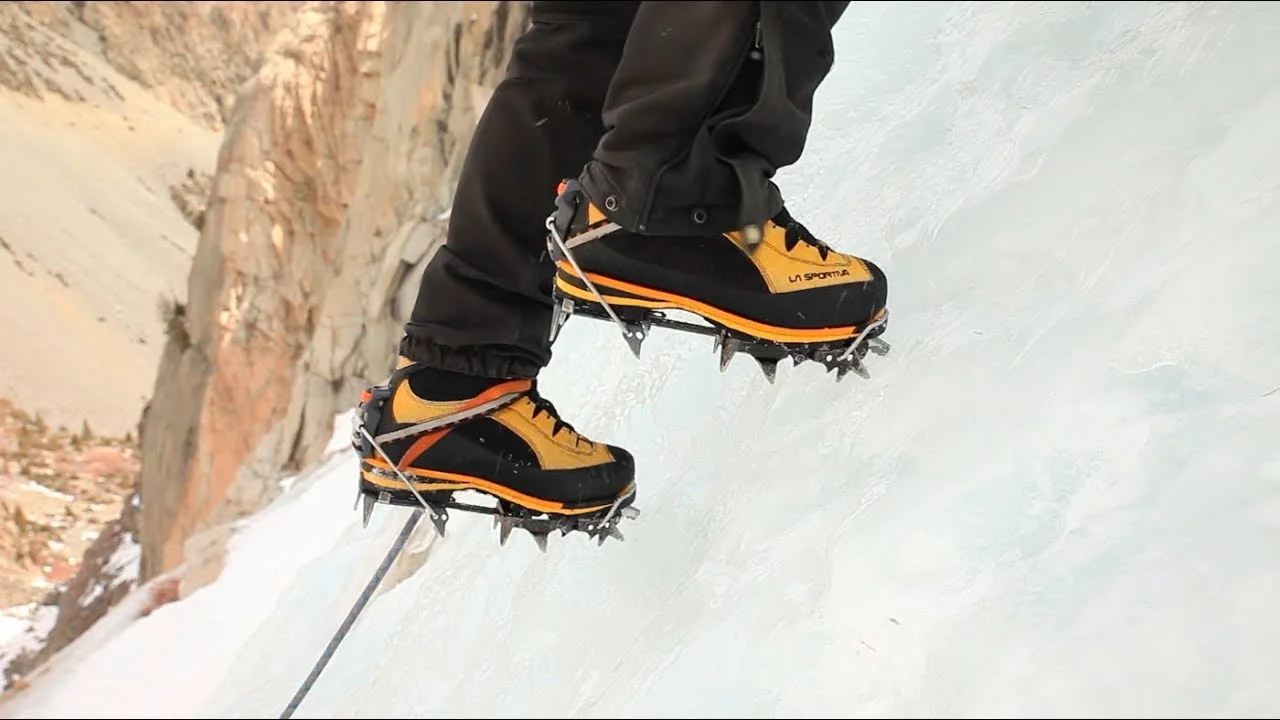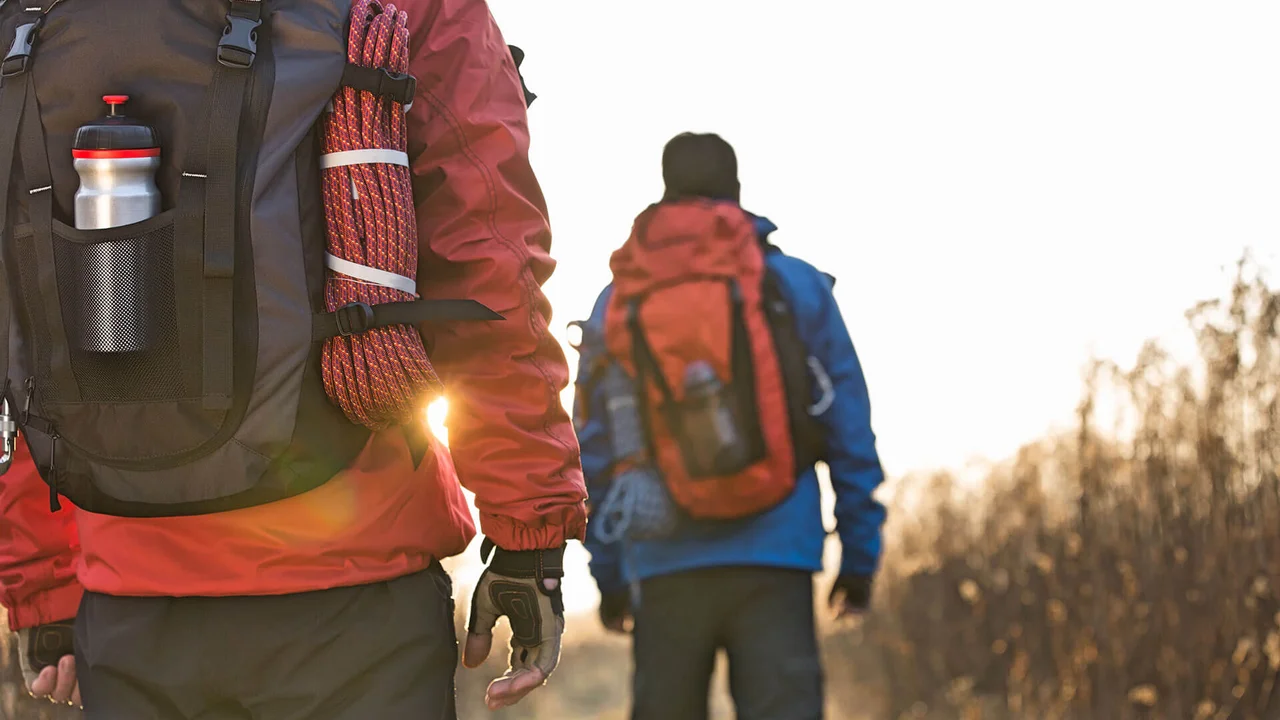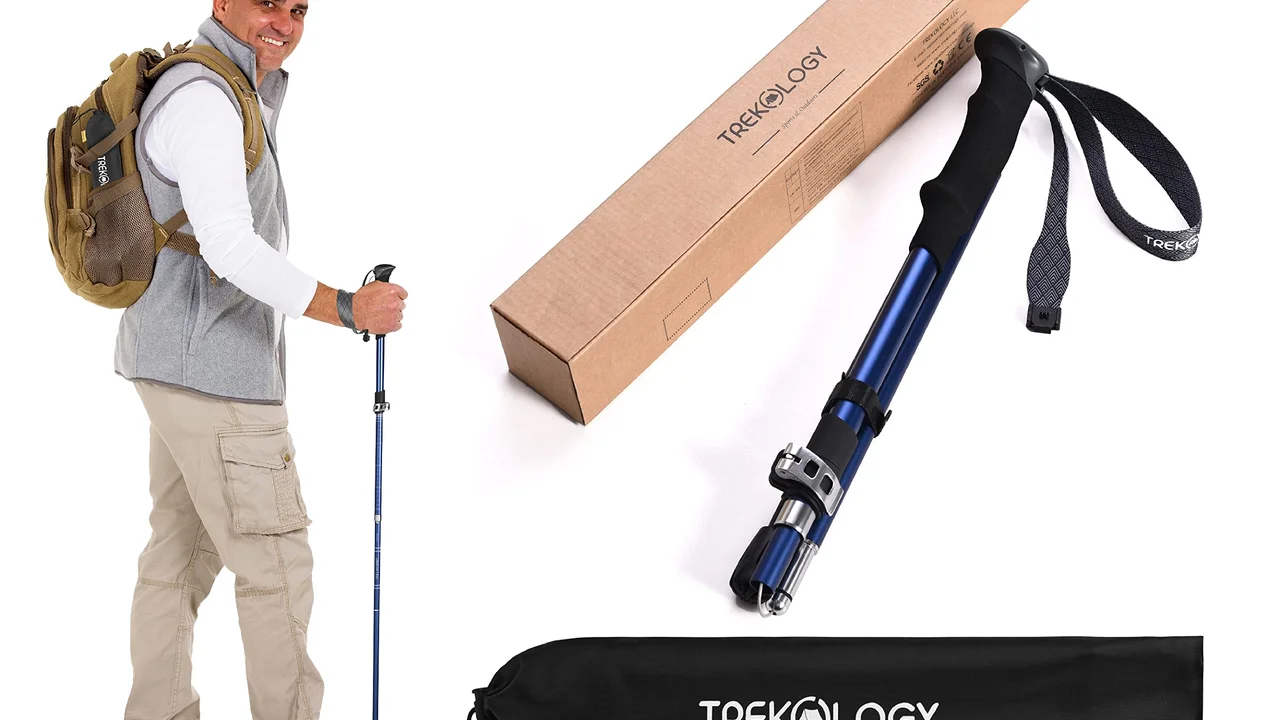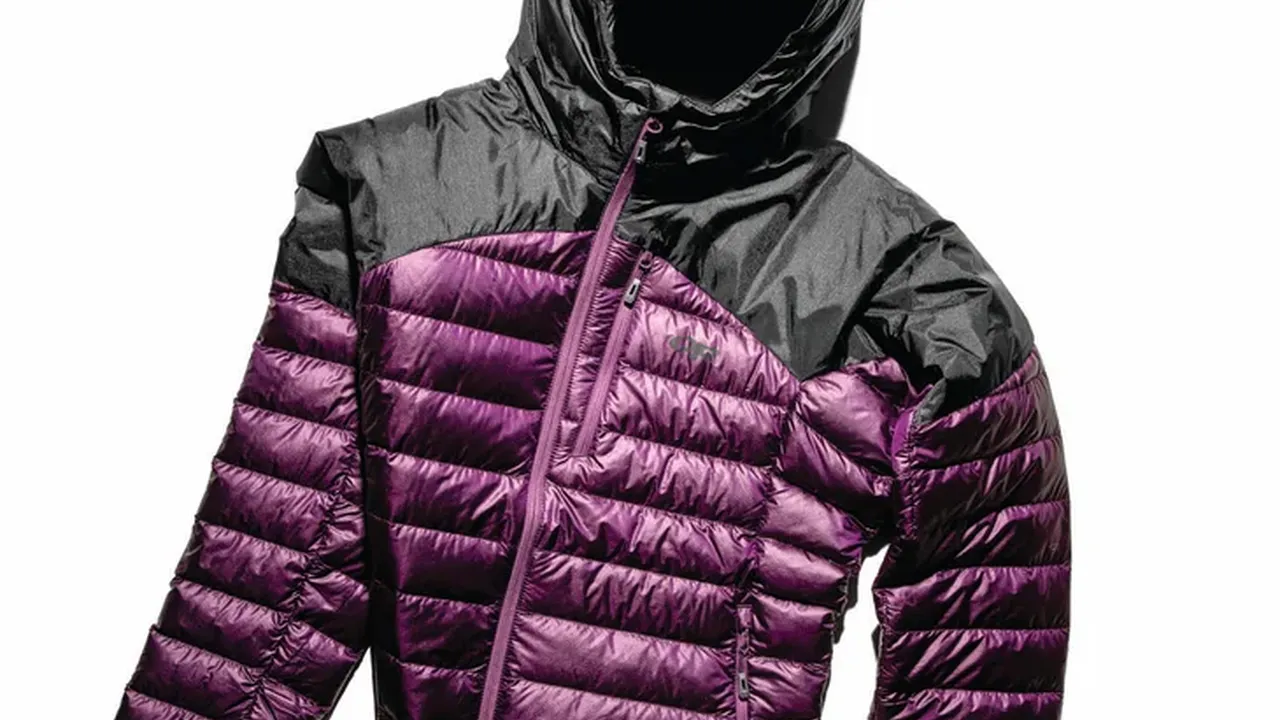Choosing the Right Hydration Pack for Hiking
Guide to choosing the right hydration pack for hiking. Compare reservoir capacity, comfort, and features to stay hydrated on the trail.
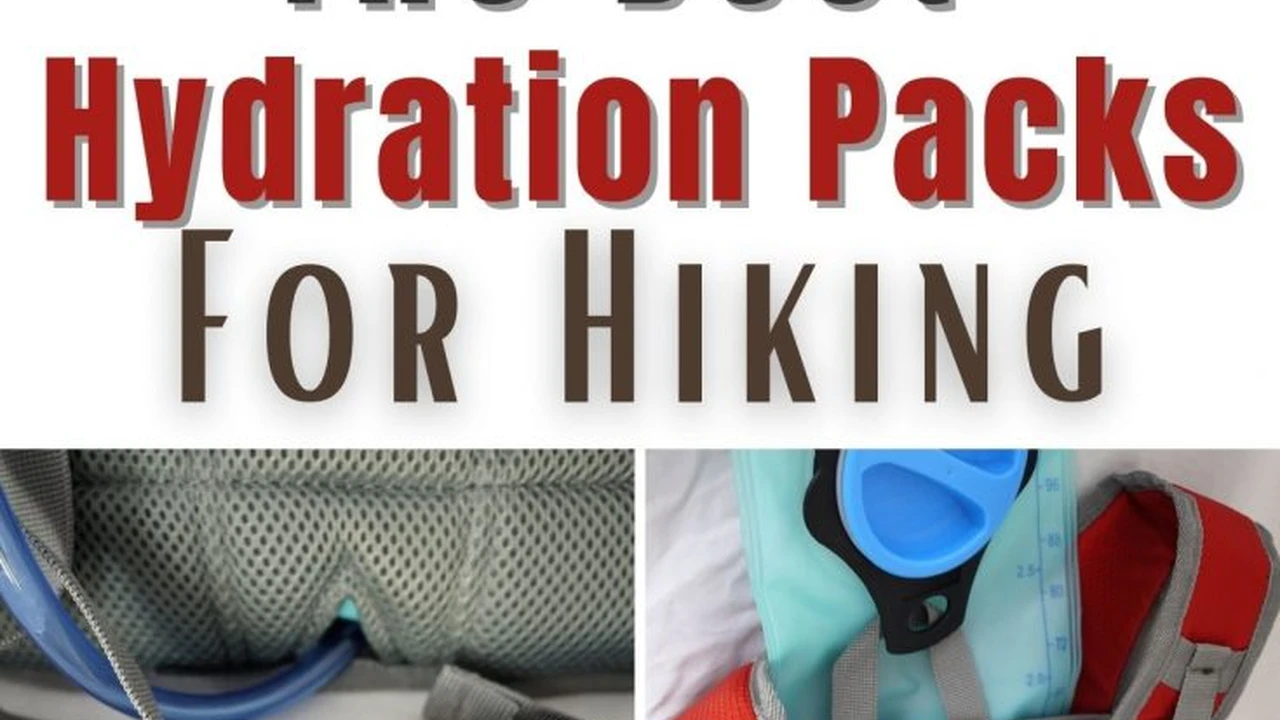
Choosing the Right Hydration Pack for Hiking
Why Hydration Packs Are a Game Changer for Hikers
Alright, let's talk hydration. If you're serious about hiking, or even just enjoy a good long walk in nature, you know how crucial it is to stay hydrated. For years, we've all lugged around water bottles, stopping every now and then to dig them out of our backpacks. But let's be real, that's not always the most convenient or efficient way to drink on the go. That's where hydration packs come in. These bad boys are designed to make staying hydrated seamless, allowing you to sip water without breaking your stride. They're essentially a backpack with a built-in water reservoir and a tube that lets you drink hands-free. This means more consistent hydration, less fumbling, and often, more space in your pack for other essentials. Whether you're tackling a challenging multi-day trek or just enjoying a leisurely day hike, a good hydration pack can significantly enhance your outdoor experience. It's not just about convenience; it's about safety and performance too. Dehydration can sneak up on you, leading to fatigue, headaches, and even more serious issues. With a hydration pack, you're much more likely to drink regularly, keeping your energy levels up and your body happy.
Understanding Hydration Pack Components: Reservoir, Hose, and Bite Valve Explained
So, what exactly makes up a hydration pack? It's more than just a bag and some water. Let's break down the key components you'll encounter. First up, the reservoir, often called a bladder. This is the heart of your hydration system, the container that holds your water. Reservoirs come in various sizes, typically ranging from 1 to 3 liters, and are usually made from BPA-free plastic or TPU (thermoplastic polyurethane). Look for reservoirs with wide openings for easy filling and cleaning, and a robust sealing mechanism to prevent leaks. Some even have baffles to prevent sloshing. Next, you've got the hose, or drinking tube. This connects the reservoir to the outside of your pack, allowing you to drink without removing the bladder. Hoses should be durable and long enough to reach your mouth comfortably. Many come with insulation to prevent water from freezing in cold weather or getting too warm in hot conditions. Finally, the bite valve is the mouthpiece at the end of the hose. This is where the magic happens. Most bite valves require you to bite down gently to open the flow of water, and they often have a shut-off lever or twist mechanism to prevent accidental leaks when not in use. Some advanced valves offer higher flow rates or magnetic clips to keep the hose securely attached to your pack strap. Understanding these components will help you appreciate the design and functionality of different hydration packs on the market.
Choosing the Right Reservoir Capacity: 1L, 2L, or 3L for Your Hiking Needs
One of the first decisions you'll make when picking a hydration pack is the reservoir capacity. This largely depends on the length and intensity of your hikes, as well as the availability of water sources along your route. Let's explore the common sizes:
1-Liter Hydration Packs: Ideal for Short Hikes and Trail Running
A 1-liter reservoir is perfect for shorter excursions, say a 1-2 hour hike, or for trail runners who need minimal bulk. It's lightweight, compact, and provides enough water for quick bursts of activity. These packs are often minimalist in design, focusing solely on hydration with little extra storage. They're great for those who prefer to travel light and fast. Think of it as your go-to for a quick morning jog on the trails or an afternoon stroll with the dog. You won't feel weighed down, and you'll still have easy access to water.
2-Liter Hydration Packs: The Versatile Choice for Day Hikes
This is arguably the most popular and versatile size. A 2-liter reservoir is generally sufficient for most day hikes, lasting anywhere from 3 to 6 hours, depending on your activity level and the weather. It strikes a good balance between carrying enough water and not being overly heavy or bulky. Many daypacks come with a dedicated sleeve for a 2-liter bladder, making it a seamless integration. If you're unsure which size to get, a 2-liter is often a safe bet for general hiking purposes. It provides a good buffer for unexpected detours or hotter-than-expected conditions.
3-Liter Hydration Packs: Essential for Long Treks and Multi-Day Adventures
For longer, more strenuous hikes, multi-day backpacking trips, or excursions in arid environments where water sources are scarce, a 3-liter reservoir is your best friend. This capacity ensures you have ample water to last for extended periods between refills. While heavier when full, the peace of mind knowing you have enough water is invaluable. These packs often come with more storage compartments for gear, food, and extra layers, making them suitable for serious adventurers. If you're planning an all-day summit attempt or an overnight trip, a 3-liter pack is almost a necessity.
Comfort and Fit: Ergonomics of Hydration Packs for Different Body Types
Just like any backpack, comfort and fit are paramount when choosing a hydration pack. A poorly fitting pack can lead to chafing, discomfort, and an overall miserable hiking experience. Here's what to look for:
Adjustable Straps and Ventilation: Key to a Comfortable Carry
Look for packs with adjustable shoulder straps, sternum straps, and sometimes even hip belts. These allow you to distribute the weight evenly and secure the pack snugly against your body, preventing bouncing and shifting. Sternum straps are particularly useful for stabilizing the pack and keeping the shoulder straps from digging in. Ventilation is also crucial, especially on your back. Many packs feature mesh back panels, air channels, or suspended mesh systems to promote airflow and reduce sweat buildup. This keeps you cooler and more comfortable, especially on hot days.
Gender-Specific Designs and Torso Length Considerations
Some brands offer gender-specific hydration packs, designed to better fit the anatomical differences between men and women. Women's packs often have S-shaped shoulder straps that curve around the bust and shorter torso lengths. However, don't feel limited by gender labels; the best fit is what feels most comfortable for your body. Always consider your torso length when choosing a pack. A pack that's too long or too short for your torso won't sit correctly, leading to discomfort and inefficient weight distribution. Many packs come in different sizes (S, M, L) based on torso length, so measure yourself or try on different sizes to find the perfect match.
Features That Matter: Storage, Pockets, and Specialized Add-ons
Beyond just holding water, modern hydration packs come with a variety of features that can make your hike more organized and enjoyable. Think about what else you typically carry on your hikes.
External Pockets and Gear Loops: Maximizing Storage Efficiency
Even if the primary purpose is hydration, most packs offer some form of storage. Look for external pockets – zippered pockets for valuables like keys and phone, stretch mesh pockets for quick access to snacks or a light jacket, and hip belt pockets for items you need on the go without taking off your pack. Gear loops or bungee cords on the exterior can be handy for attaching trekking poles, a helmet, or an extra layer. The more organized your pack, the less time you'll spend rummaging around for what you need.
Magnetic Tube Clips and Quick-Release Systems: Convenience on the Trail
Small details can make a big difference. A magnetic tube clip on the sternum strap keeps your bite valve easily accessible and prevents the hose from dangling. Quick-release systems for the reservoir or hose allow you to detach the tube without removing the entire bladder, making refilling and cleaning much easier. Some reservoirs also feature quick-disconnect couplings for the hose, so you can remove the bladder for refilling while leaving the hose threaded through your pack. These features might seem minor, but they significantly improve the user experience.
Top Hydration Pack Recommendations for Hikers: A Comparative Review
Alright, let's get to some specific recommendations. These are some of the most popular and highly-rated hydration packs on the market, catering to different needs and budgets. Prices are approximate and can vary based on retailers and sales.
Osprey Talon 22 (Men's) / Tempest 20 (Women's): The All-Rounder Day Hiker's Choice
Description: Osprey is a household name in the outdoor world, and for good reason. The Talon 22 (and its women's counterpart, the Tempest 20) is a fantastic all-around daypack with an integrated hydration sleeve. It doesn't come with a reservoir, but it's designed to perfectly accommodate Osprey's Hydraulics LT or Hydraulics reservoirs (sold separately). It's known for its incredible comfort, excellent ventilation (thanks to the AirScape backpanel), and smart organization. You get plenty of external pockets, including hip belt pockets, and a LidLock helmet attachment if you also cycle. It's lightweight yet durable, making it suitable for everything from day hikes to fast-paced adventures.
- Reservoir Capacity: Designed for 2.5L Osprey Hydraulics LT/Hydraulics reservoirs (not included).
- Key Features: AirScape backpanel, BioStretch harness, external hydration sleeve, hip belt pockets, LidLock helmet attachment, trekking pole attachment.
- Ideal Use: Day hiking, trail running, fastpacking, cycling.
- Approx. Price: $130 - $160 (pack only, reservoir extra ~$35-45).
- Why we like it: Super comfortable, excellent ventilation, versatile storage, and Osprey's renowned build quality. It's a workhorse for day adventures.
CamelBak M.U.L.E. (Medium to Ultra Long Endeavor): The Hydration Specialist
Description: The CamelBak M.U.L.E. is a classic for a reason. It's been a favorite among mountain bikers and hikers for years, offering a perfect balance of hydration capacity and gear storage. It comes with a 3-liter Crux reservoir, known for its high flow rate and easy-to-use bite valve. The pack itself has enough room for extra layers, snacks, and tools, with smart pockets for organization. The Air Director back panel provides decent ventilation, and the magnetic tube trap keeps your hose secure. It's built tough and designed for those longer, more demanding outings where consistent hydration is key.
- Reservoir Capacity: 3L CamelBak Crux Reservoir (included).
- Key Features: Air Director back panel, magnetic tube trap, multiple gear compartments, high-flow bite valve.
- Ideal Use: Longer day hikes, mountain biking, demanding trail use.
- Approx. Price: $120 - $150 (pack with reservoir).
- Why we like it: Excellent hydration capacity, reliable reservoir system, good balance of storage, and a proven track record.
Deuter Speed Lite 20: Lightweight and Agile for Fast Hikers
Description: If you prioritize speed and minimalism, the Deuter Speed Lite 20 is a fantastic choice. While not a dedicated hydration pack (it doesn't come with a reservoir), it has a dedicated hydration sleeve and exit port for a 2-3 liter bladder. It's incredibly lightweight, making it ideal for fast-paced hikes, peak bagging, or even as a summit pack. Despite its light weight, it offers surprising comfort with its Lite back system and adjustable straps. You get stretch side pockets, a zippered top pocket, and gear loops. It's for the hiker who wants to carry just the essentials and move quickly.
- Reservoir Capacity: Compatible with 2L or 3L hydration systems (not included).
- Key Features: Lightweight design, Lite back system, adjustable sternum strap, stretch side pockets, trekking pole loops.
- Ideal Use: Fast hiking, trail running, peak bagging, minimalist day trips.
- Approx. Price: $90 - $110 (pack only, reservoir extra ~$30-45).
- Why we like it: Extremely lightweight, comfortable for its size, and perfect for those who want to shed ounces without sacrificing functionality.
Platypus Big Zip EVO Reservoir: The Standalone Bladder Upgrade
Description: Sometimes, you already have a great backpack, but your old reservoir is leaky, hard to clean, or just not cutting it. That's where standalone reservoirs like the Platypus Big Zip EVO come in. This reservoir is renowned for its wide-mouth opening (the 'Big Zip') which makes it incredibly easy to fill, clean, and even dry. It's made from taste-free, BPA-free materials and features a high-flow bite valve with a shut-off switch. It's compatible with most hydration-ready backpacks and is a fantastic upgrade for anyone looking for a reliable and easy-to-maintain hydration system without buying a whole new pack.
- Reservoir Capacity: Available in 1.5L, 2L, 3L.
- Key Features: Wide-mouth zip opening for easy cleaning, taste-free materials, high-flow bite valve, quick-disconnect hose.
- Ideal Use: Replacement or upgrade for any hydration-compatible backpack.
- Approx. Price: $35 - $50 (reservoir only).
- Why we like it: Unmatched ease of cleaning and drying, taste-free water, and a robust, reliable design.
Salomon ADV Skin 12 Set: For the Ultra-Light, Ultra-Fast Trail Enthusiast
Description: This isn't your traditional backpack; it's more of a running vest, but it's incredibly popular among hikers who prioritize speed and minimal bulk. The Salomon ADV Skin 12 Set is designed to fit like a garment, minimizing bounce and maximizing comfort during high-intensity activities. It comes with two 500ml soft flasks in the front pockets for quick sips, and it has a rear compartment that can accommodate a 1.5L hydration bladder (sold separately). It's packed with pockets for gels, phone, and other small essentials, all easily accessible on the go. If you're into fastpacking, trail running, or just want the lightest possible setup for long hikes, this is a top contender.
- Reservoir Capacity: Includes 2 x 500ml soft flasks; compatible with 1.5L bladder (not included).
- Key Features: Sensifit construction for bounce-free fit, multiple front pockets, quick-link sternum strap, trekking pole holder.
- Ideal Use: Trail running, fastpacking, ultra-light day hikes.
- Approx. Price: $160 - $180 (vest with soft flasks).
- Why we like it: Unparalleled comfort and fit for dynamic movement, excellent accessibility to water and essentials, and extremely lightweight.
Maintenance and Care: Keeping Your Hydration Pack Clean and Functional
So, you've got your perfect hydration pack. Now, how do you keep it in tip-top shape? Proper cleaning and maintenance are crucial to prevent mold and mildew buildup, which can make your water taste funky and even be unhealthy. Trust me, a moldy bladder is not what you want on the trail.
Cleaning Your Reservoir and Hose: Best Practices for Longevity
After every use, it's a good idea to rinse your reservoir and hose thoroughly with warm water. For a deeper clean, especially after using sugary drinks or if you notice any residue, use a specialized cleaning tablet (many brands sell these) or a mixture of baking soda and water. You can also use a mild dish soap, but make sure to rinse it out completely to avoid a soapy taste. For the hose, a long, thin brush (often sold in cleaning kits) is essential to scrub the inside. Don't forget the bite valve – disassemble it if possible and clean all its parts. Air drying is key! Hang the reservoir upside down, ideally with a reservoir dryer or by propping it open, to ensure all moisture evaporates. For the hose, hang it so water can drain out. Store your completely dry reservoir in a freezer between uses to inhibit bacterial growth.
Troubleshooting Common Issues: Leaks, Kinks, and Funky Tastes
Even with the best care, you might encounter some issues. If you have a leak, first check the cap or zip closure – often it's just not sealed properly. Inspect the reservoir for punctures; small holes can sometimes be patched with a repair kit. For kinks in the hose, try to straighten it out or ensure it's not pinched inside your pack. If your water tastes plasticky or funky, it's usually a sign that the reservoir wasn't cleaned or dried properly. A good soak with baking soda and lemon juice, followed by thorough rinsing and drying, can often fix this. If the taste persists, it might be time for a new reservoir. Remember, a little preventative maintenance goes a long way in ensuring your hydration pack serves you well for many adventures to come.
Final Thoughts on Hydration Pack Selection for Your Next Adventure
Choosing the right hydration pack isn't just about picking the first one you see. It's about understanding your hiking habits, the types of trails you frequent, and your personal comfort preferences. Consider the capacity you truly need, the fit on your body, and the extra features that will genuinely enhance your experience. Whether you go for a full-fledged pack with integrated storage or just a standalone reservoir to upgrade your existing backpack, investing in a good hydration system will make a noticeable difference in your comfort and performance on the trail. Stay hydrated, stay happy, and enjoy those miles!
:max_bytes(150000):strip_icc()/277019-baked-pork-chops-with-cream-of-mushroom-soup-DDMFS-beauty-4x3-BG-7505-5762b731cf30447d9cbbbbbf387beafa.jpg)



